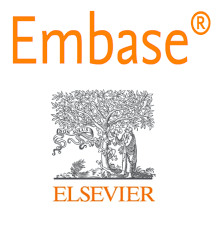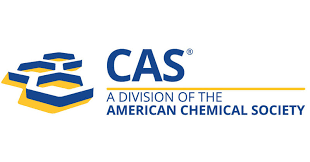ASSESSMENT OF SEVERITY OF PRE-ECLAMPSIA BY ESTIMATION OF LEVELS OF NEUTROPHIL ELASTASE AND ENDOGENEOUS PROTEASE
Keywords:
Preeclampsia; Neutrophil Elastase (NE); Oxidative Stress; α1-Antitrypsin (α1-AT); Inflammatory MarkersAbstract
Background : (PE) is one of the main causes of maternal and fetal mortality and morbidity. PE is associated with an inflammatory state and with oxidative stress, in maternal circulation. Our aim was to evaluate and compare the levels of oxidative stress and inflammatory markers. Neutrophil Elastase (NE), a serine protease stored in the primary granules of neutrophils, is capable of degrading various extracellular matrix proteins and thus uncontrolled elastase activity can lead to destroyal of the integrity of endothelial cells and could lead to exacerbate the symptoms in preeclampsia.
Aim: The aim of this study was to study usefulness of the activity ,of neutrophil elastase and its endogenous inhibitors α1-antitrypsin (α1- AT) and α2-macroglobulin (α2-MG) with severity of preeclampsia.
Methodology: The present was conducted on 100 subjects, of various age groups. Study included diagnosed pre-eclamptic patients (50) attending Medical OPD, patients admitted in medical and obsetritic & Gynecological department and patients coming in Radioimmunoassay (RIA) laboratory, Biochemistry Department J.L.N. Medical College & Hospital, Ajmer. The results of patients were compared with the fifty healthy subjects. Serum CRP was estimated by rapid latex slide and uric acid by uricase method. Plasma elastase was estimated using Succinyl tri- L-alanyl-p-nitroanilide as substrate. Plasma α1-AT, α2- MG and PMN elastase/ α1-PI complex were quantified by ELISA.
Results: The activity of elastase was increased significantly in severe preeclampsia (0.72+0.08) in comparison to normal (0.40+0.10) and mild preeclamptic subjects (0.37+0.03). The values of α1-AT were significantly less in mild (83.94+25.08) and severe preeclampsia (68.58+26.39) in comparison to normal (110.26¬+42.39). There was a significant rise in the levels of α2-MG in severe preeclampsia. However, the complex estimation did not evince any significant changes. Serum uric acid and CRP levels significantly elevated in preeclampsia compared to controls.
Conclusion: Present study indicates that monitoring elevated NE activity is a characteristic marker for severity of preeclampsia. Also, the reduced level of α1-AT is an indication of a possible role of this inhibitor supplementation for the control of complications of preeclampsia ultimately reducing neonatal mortality
.png)









